- Leadership Pulse
- Posts
- The Blue Ocean Within
The Blue Ocean Within
How Great Leaders Create Uncontested Space
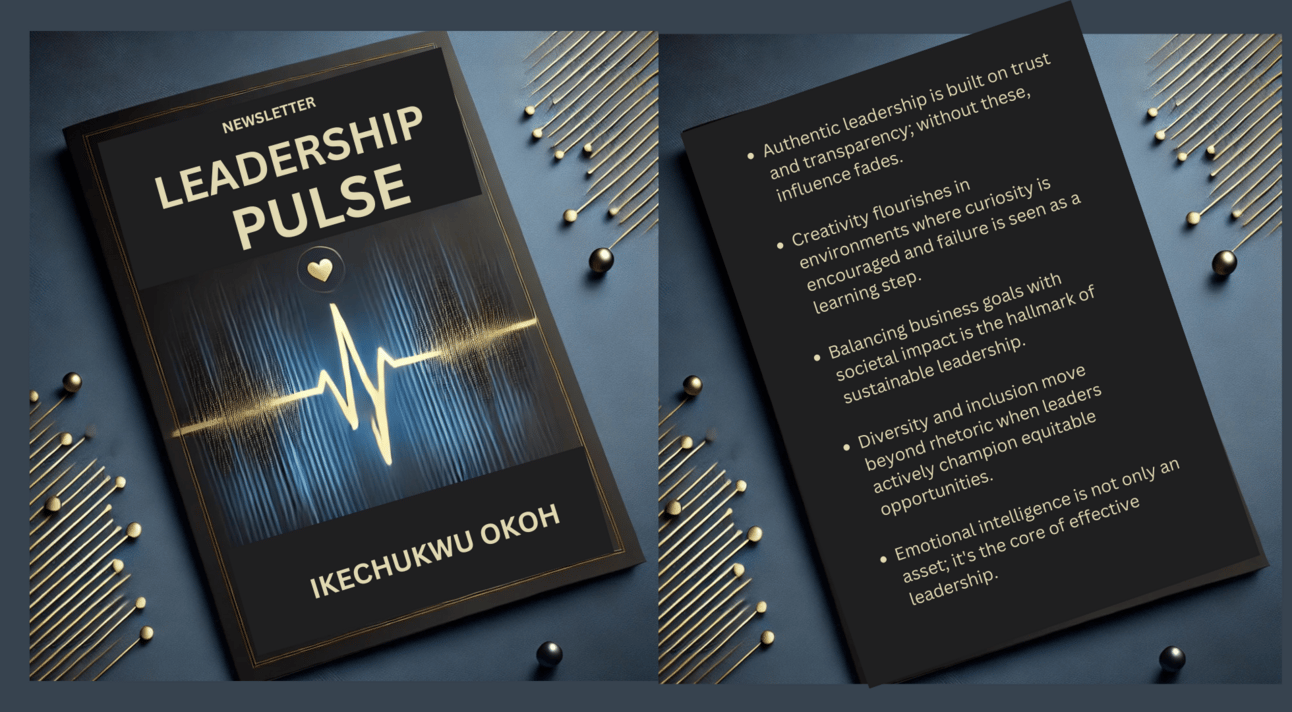
Welcome To The Leadership Pulse
Practical insights at the crossroads of leadership, strategy, and growth.
Every week, Dr Ikechukwu Okoh presents MBA-level frameworks, real-world stories, and timeless lessons to help you lead clearly, inspire purposefully, and execute effectively.
Let’s develop leaders who shape the future.
From the Red Ocean into the Blue OceanLast year, during a strategy call with one of our clients, a promising healthcare startup, I found myself asking a question I’ve come to love: “If every competitor in your space disappeared tomorrow, what problem would still exist, and what would you build to solve it?” There was silence on the call. The founder responded softly, | “We’ve been so focused on competing for patients that we lost sight of our original purpose, to make care genuinely accessible.” This single statement uncovered everything. They were operating in what business experts label a Red Ocean, a saturated and fiercely competitive market where companies battle over the same customers, prices, and ideas. However, their real strength, like many innovative organisations, lies in forging a Blue Ocean: a new space where competition no longer matters because the rules of the game are completely redefined. |
From Blood to Blue: The Story Behind the Framework

The Blue Ocean Strategy was introduced by W. Chan Kim and Renée Mauborgne, professors at INSEAD, one of the world’s leading business schools.
They analysed hundreds of industries and found that most companies operate in “Red Oceans”, existing markets filled with similar products and minor battles for market share.
However, companies that stood out, such as Cirque du Soleil, Apple, or Southwest Airlines, didn’t succeed by fighting harder.
Instead, they changed the game by moving into “Blue Oceans,” where they created new demand rather than competing over old demand.
Rather than focusing on outdoing the competition, they aimed to make competition irrelevant.
In MBA terms, this shift is known as value innovation, which involves simultaneously pursuing differentiation and low cost.
You don’t just offer something cheaper or better.
Instead, you provide something different that buyers didn’t realise they needed, until you showed them.
 |  |
Your career will thank you.
Over 4 million professionals start their day with Morning Brew—because business news doesn’t have to be boring.
Each daily email breaks down the biggest stories in business, tech, and finance with clarity, wit, and relevance—so you're not just informed, you're actually interested.
Whether you’re leading meetings or just trying to keep up, Morning Brew helps you talk the talk without digging through social media or jargon-packed articles. And odds are, it’s already sitting in your coworker’s inbox—so you’ll have plenty to chat about.
It’s 100% free and takes less than 15 seconds to sign up, so try it today and see how Morning Brew is transforming business media for the better.
The Healthcare Startup That Found Its Blue Ocean
The startup I mentioned earlier faced a common problem.
They were creating yet another telemedicine platform, like many others across West Africa, connecting patients with doctors via an app.
The product worked, the team was passionate, but growth had stalled.
They were stuck in the Red Ocean, competing on app speed, doctor availability, and consultation fees.
During our coaching sessions, I asked their team to map their value curve, a visual showing what their industry competed on and how customers saw it.
It was apparent:
Everyone offered the same features.
So, we started exploring Blue Ocean strategies:
What if telemedicine weren’t just about consultations, but about continuity of care?
What if their actual customers weren’t patients, but employers looking for healthier teams?
What if the product wasn’t a clinic in your pocket, but a workplace well-being partner that reduces absenteeism?
Those questions changed everything.
In six months, they redesigned their product, developed an employer-focused pricing model, and began offering predictive health analytics for companies.
Today, they aren’t battling for app downloads.
They are securing corporate contracts.
Their competition was never “other telemedicine apps”.
It was an unhealthy workplace culture.
That’s what leadership strategy looks like in action: not fighting harder, but thinking more deeply.
The Leadership Pulse InsightThe most successful leaders don’t play harder in Red Oceans. They create Blue Oceans. In practice, that means asking:
|
It’s how Netflix dethroned Blockbuster. How Tesla redefined the car industry. How Cirque du Soleil reinvented the circus. And it’s how you, as a leader, can reimagine your organisation, not by competing better, but by competing differently. |
The Blue Ocean Leadership Framework
To forge your own Blue Ocean, use the Four Actions Framework introduced by Kim and Mauborgne.
Ask yourself these four questions:
Eliminate: Which factors that your industry assumes are necessary should be eliminated?
Reduce: Which factors should be lowered well below industry standards?
Raise: Which factors should be elevated above industry standards?
Create: Which factors should be invented that the industry has never previously offered?
Here’s how the startup I coached last year applied it.
Action | What They Did |
|---|---|
Eliminate | Competing on consultation price and flashy tech |
Reduce | Overdependence on patient-driven growth |
Raise | Focus on preventive care and data-driven health insights |
Create | Corporate health analytics and retention programs |
The result is a blue ocean that no one else saw coming.
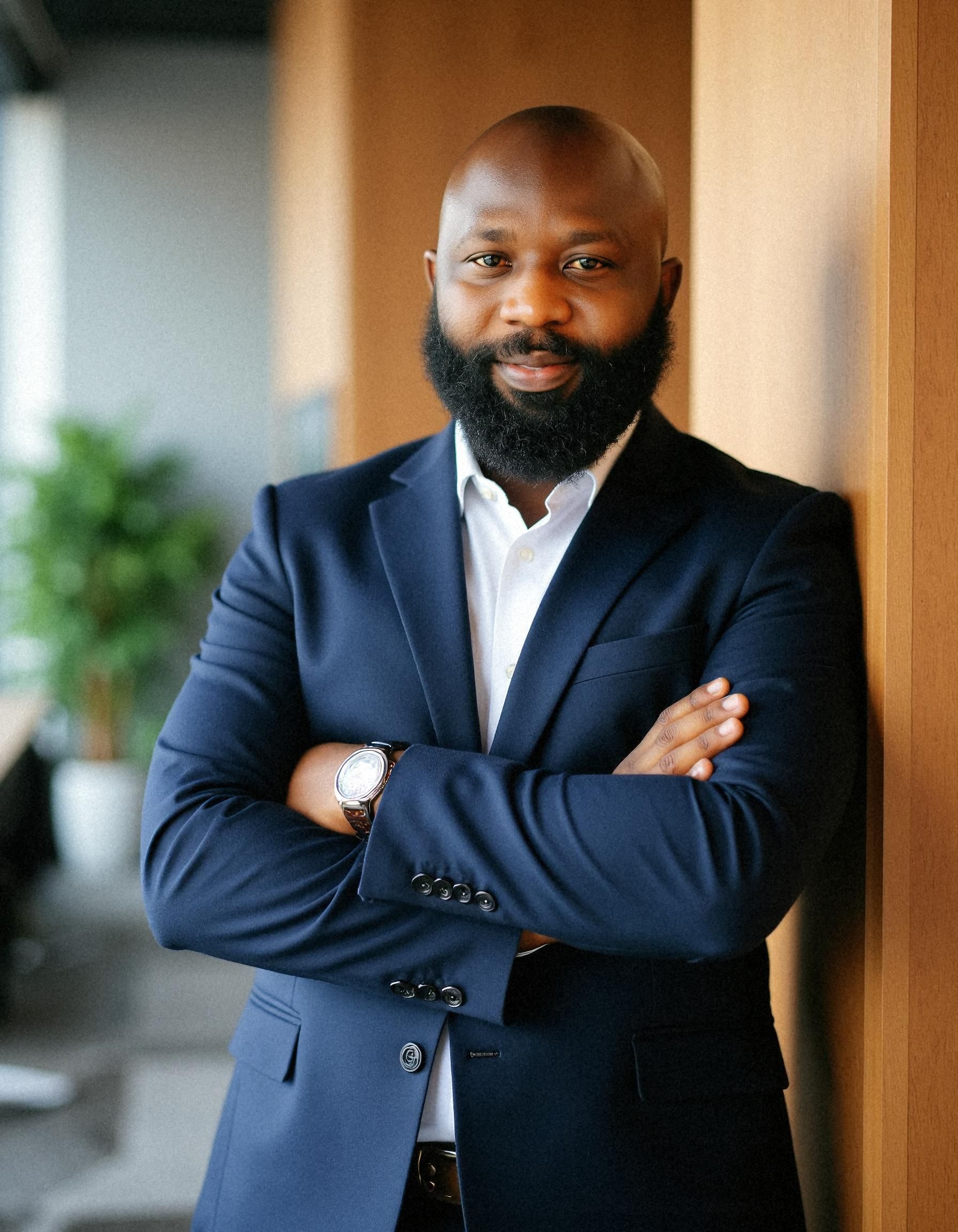 | 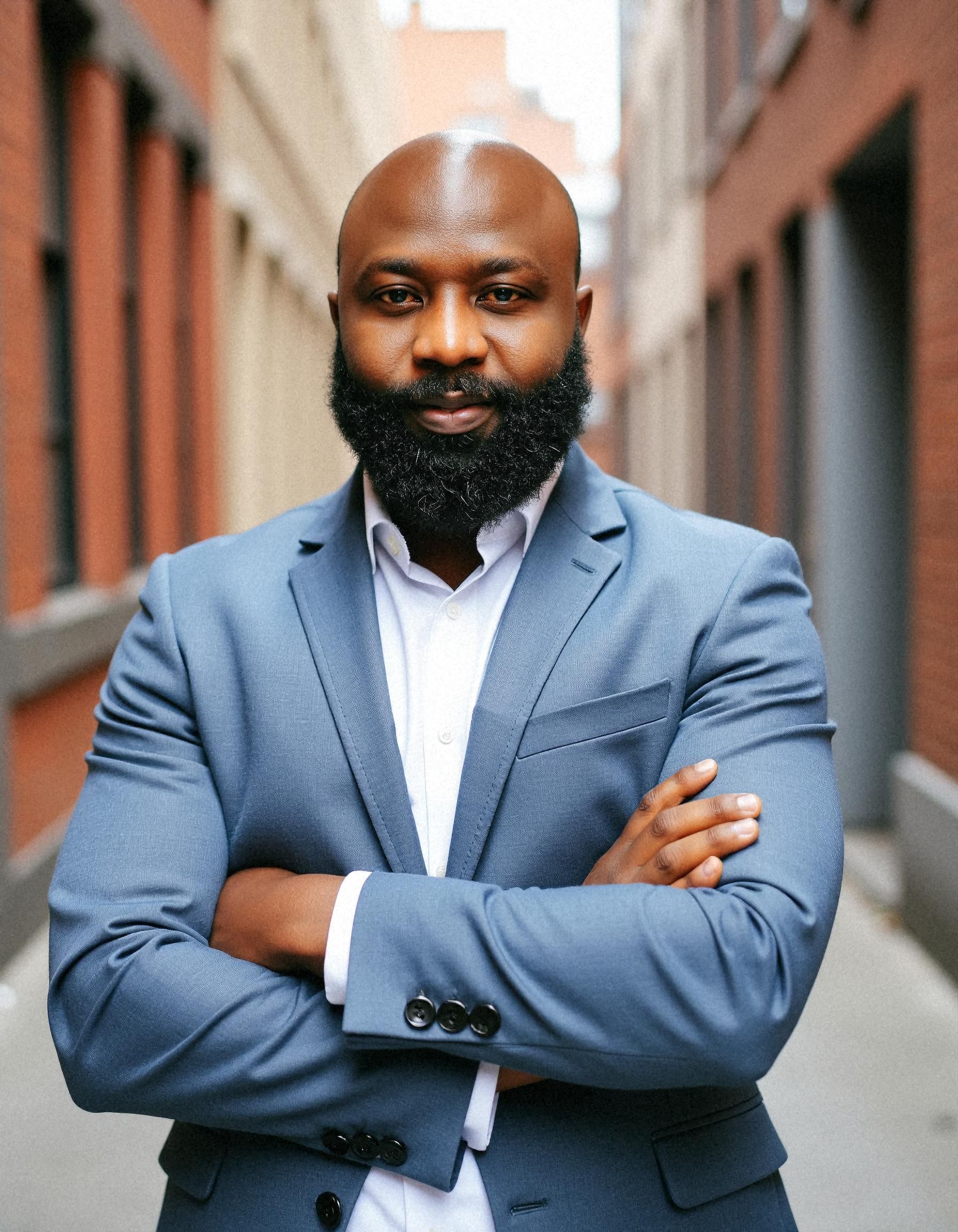 |
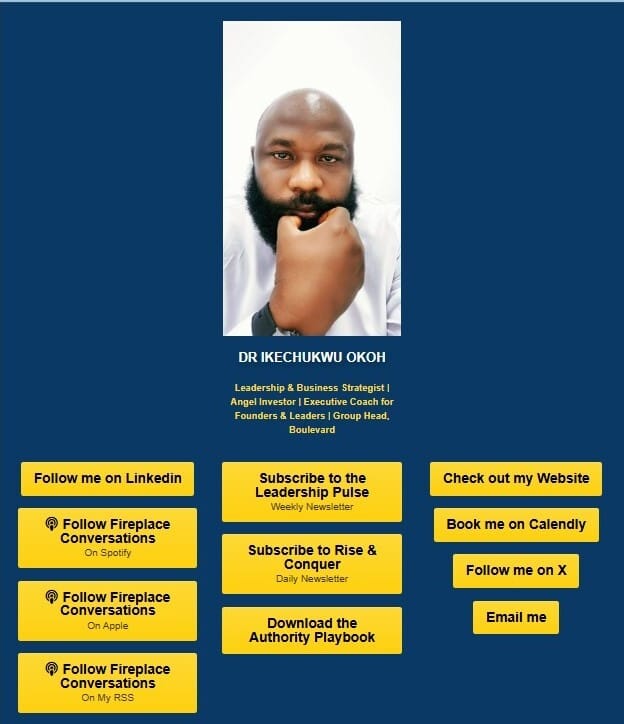
Lessons for Modern Leaders
1️⃣ Every Leader Operates in an Ocean.
Whether you’re in healthcare, finance, or education, you’re either swimming in blood or creating blue waters.
Both require effort, but one grants freedom.
2️⃣ Innovation is not invention.
You don’t need new technology to change your market.
You need new thinking.
3️⃣ Differentiation is a discipline.
You can’t think differently once a year during retreats.
You must embed strategic curiosity into your leadership culture.
4️⃣ Blue Oceans Require Courage.
Every time you stop copying the competition, someone will call you reckless.
But if you’re leading well, they’ll be copying you soon enough.
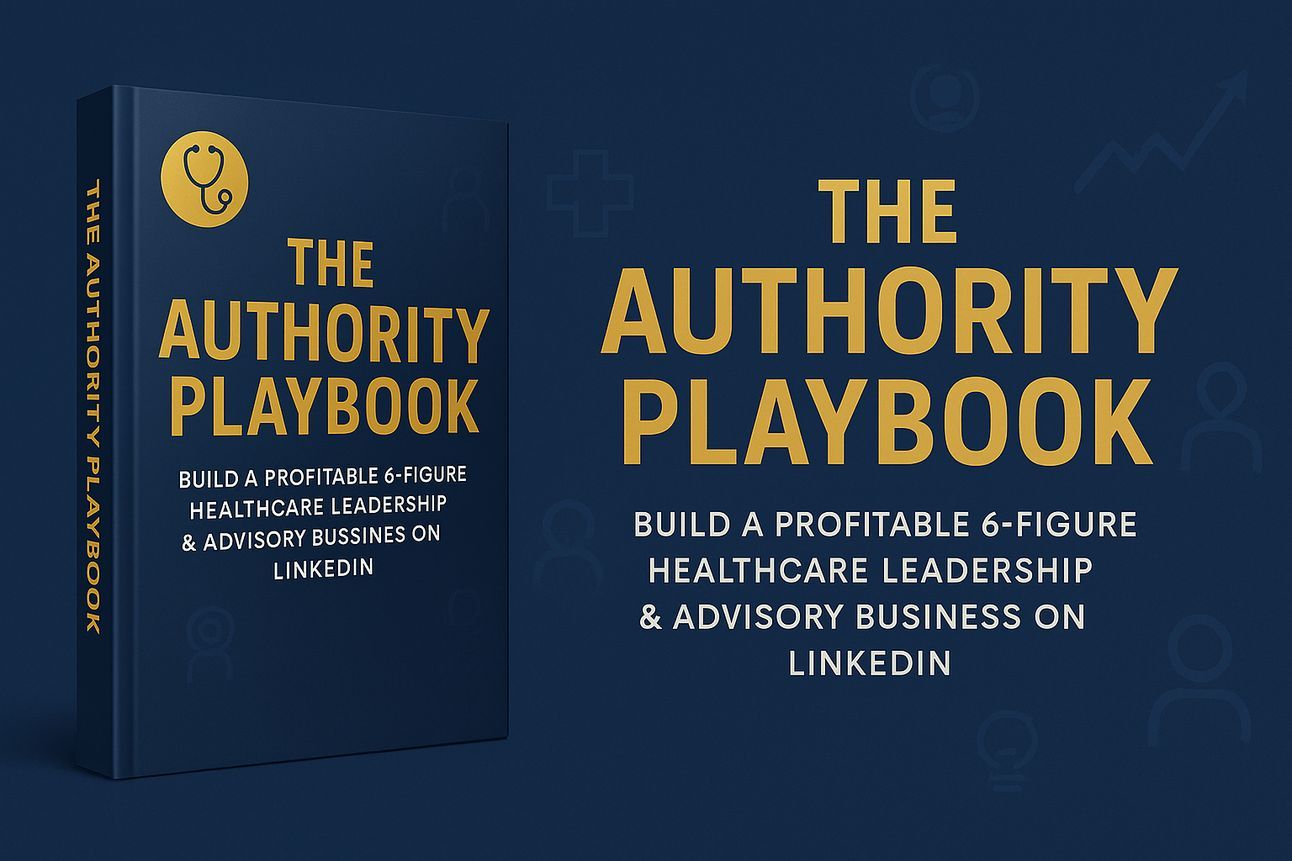
Ikechukwu’s Journal
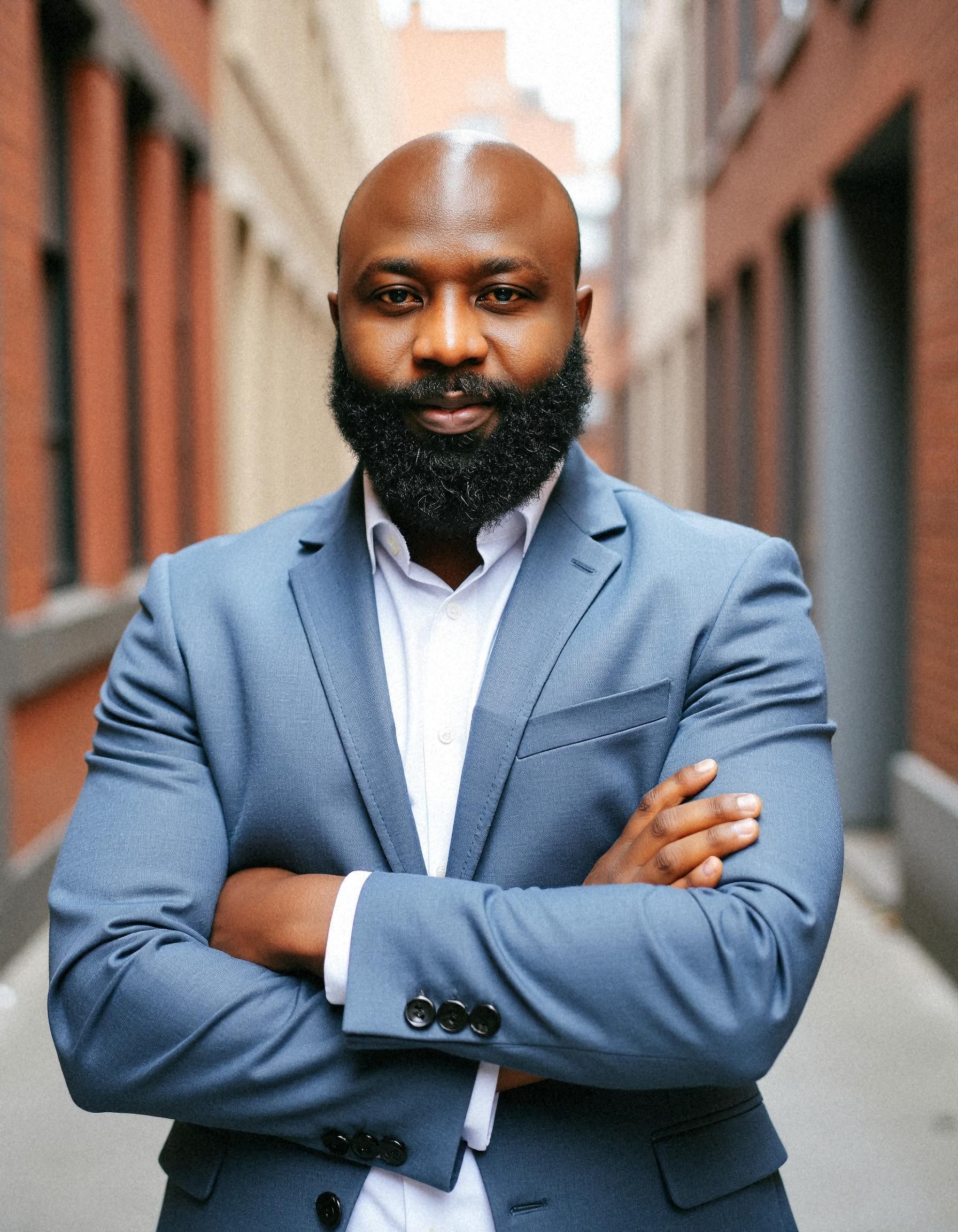 | Next week, I will be in Lagos for the TIBA Awards. My nomination reminded me that recognition isn’t the goal. Instead, impact is. And impact doesn’t come from louder competition. It comes from creating new value where none existed before. That’s the quiet power of leadership. You make people see the world differently. |
If you enjoyed this week’s Leadership Pulse, all previous editions are available on Beehiiv, along with bonus insights, frameworks, and templates that you can apply immediately.
How to Apply the Blue Ocean Strategy This Week
Here’s a quick Leadership Pulse Challenge for you:
Draw your industry curve.
List 5-6 factors your competitors compete on.Circle what everyone does the same.
That’s your Red Ocean.Now ask:
What could we stop doing, and what could we start creating that no one else has tried?Pick one small test.
It could be a new pricing model, a different audience, or a unique delivery experience.Measure curiosity, not competition.
If people start asking, “How did you think of that?”, you’re moving in the right direction.
The ocean is vast.
Most leaders spend their careers swimming harder, not realising they can change direction.
As you lead this week, remember:
You don’t always have to win the fight.
Sometimes, you can change the arena.
That’s how transformation begins, not in the noise of rivalry, but in the calm of clarity.
“Subscribe to the Leadership Pulse Newsletter. It is amazing.”- Tolu Ekwe.
Please stay connected with me:
Ikechukwu Okoh
Author of the Leadership Pulse


Reply